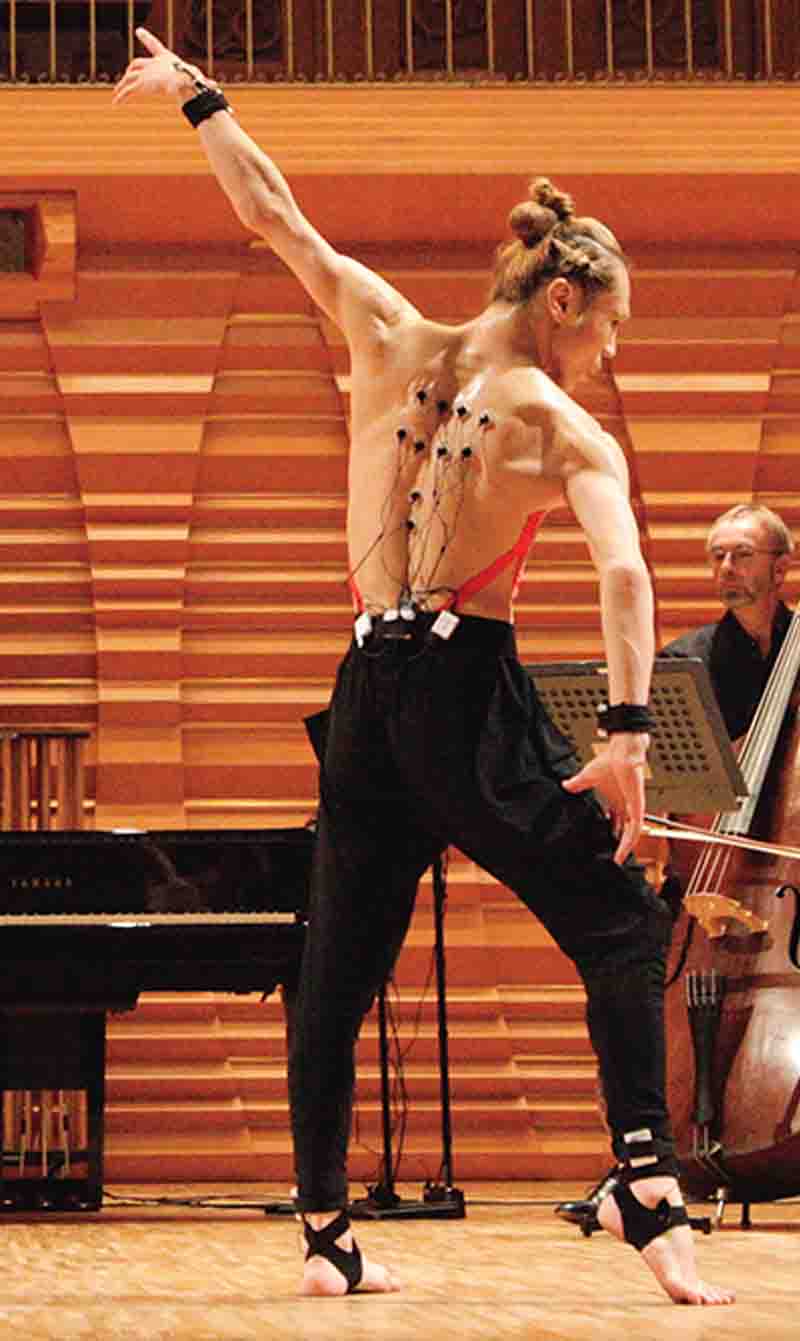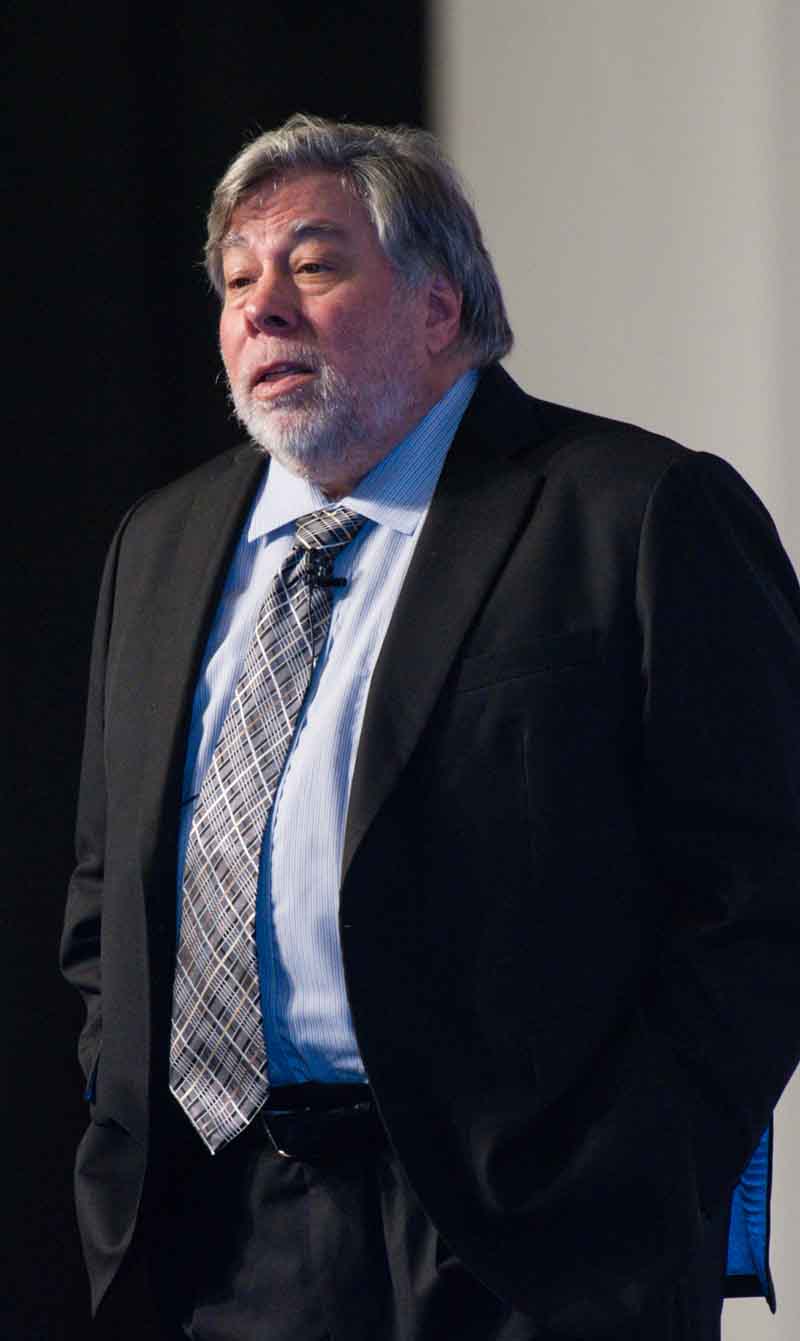The Impact Driven World
35 speakers engaged with over 400 participants at the recent AKEPT – WIEF Social Enterprise Forum on 22-23 Oct 2018 in ISTAC, Kuala Lumpur. Here are tips and practices in communication, startup crowdfunding and business efficiency from five speakers in three masterclass sessions.
During the AKEPT – WIEF Social Enterprise Forum, which took place on 22-23 Oct 2018 at ISTAC in Kuala Lumpur, experts in communication and social enterprises provided participants with insights on how to unleash the potential of social enterprise development in universities. During three masterclass sessions, the speakers focused on how impact driven enterprises (IDE) could become more impact-focused. The speakers also explored innovative and cost-efficient communication tools, and how the internet of things (IoT) line of business could enable entrepreneurs to engage in the society’s ecosystem with greater impact.
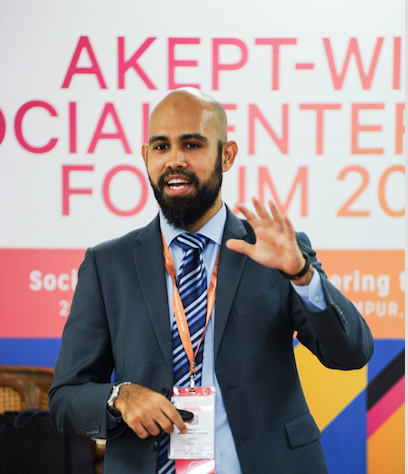
The World Needs More
In the first masterclass, Mohammad Yusuf Mohammed Jaffar, programme consultant at the Malaysian Global Innovation & Creativity Centre (MaGIC) and project manager of MaGICs’ Malaysian Global Innovation and Creativity Centre (MasSIVE), Liyana Jalal, spoke with participants about the process, goals and benefits of becoming an IDE.
Mohammad shared his insights into what the industry looked like and why IDEs were so attractive. He gave the example of VisionSpring Foundation, an NGO which completely relied on donors and funding’s. ‘Today, VisionSpring has circulated 4.4 million glasses around the world over the past 10 years,’ he said. VisionSpring Foundation provided eye-screening, primary eye-care services and eye-health advice to the people at the bottom of the socio-economic pyramid.
He continued to talk about another glasses company, called Warby Parker, a unicorn business worth USD1 million. ‘Today, Warby Parker has circulated four million glasses through VisionSprings. So, you see, Warby Parker has taken 90 per cent of the impact that VisionSpring has achieved,’ he pointed out. This was how businesses could benefit from an IDE.
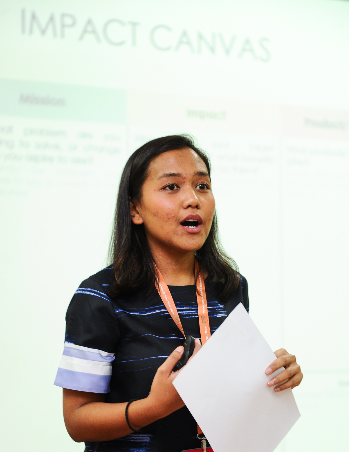
Supporting Social Enterprises
A social enterprise is like keeping a promise, but unfortunately creating a social enterprise is not that easy, and like any business it can fail. ‘As of now, according to MaGIC’s estimate, in Malaysia, there are 175 social enterprises operating. This is not enough to create a financial instrument. A bank needs at least 10 thousand entrepreneurs operating to introduce a loan product and a venture capital needs the same amount,’ he said. With so much promise and so much excitement, these institutions were still be unable to capitalise this growth. ‘We need increased support towards this industry,’ he said.
He explained five common business models social enterprises tend to use. The first was cross subsidisation, where services provided were charged at normal rates for those who can afford, and a portion of that revenue was used to subsidise the services for those who can’t. The second was a one-for-one business model where, for every product sold, the business would give out another product for charity.
The third was inclusive business, like providing a service which included those who needed that service as part of its value chain. The fourth was micro-franchising, which created other businesses to provide employment opportunities for others in the community. Design for extreme affordability, the fifth model, solved issues of equal access and affordability by redesigning the product or service to make it affordable. In the second half of this session, Liyana showed participants how to structure their own social enterprise, those with established businesses categorised their business and evaluated it based on its social impact.
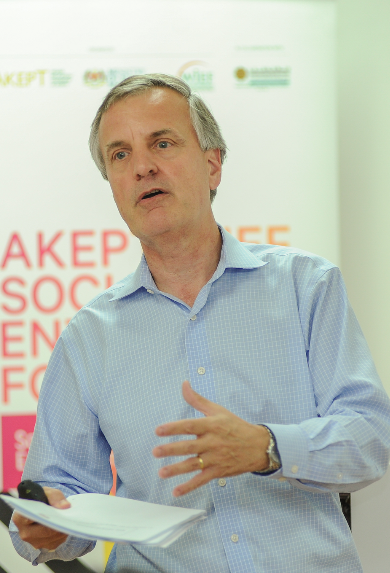
Communication Tools for Social Enterprises
In the second masterclass, Vivian Lines, global vice chairman and chairman of Asia Pacific, Hill+Knowlton Strategies in Singapore, mentioned some of the sites that could help in setting up a business from communicating, sourcing, saving money, running an enterprise and marketing it. Redza Shahid also shared his hands-on experience of running his enterprise, Grub Cycle, which allowed people to purchase an array of tasty treats from a variety of restaurants, all for a discounted price.
Vivian listed crowdfunding organisations that could help source money for social enterprises in different ways, like demohour, FringeBacker, mystartr, PocketCause, SimpleFund, and NextChapter.‘Simplefund raises money without spending money. This is a task-based crowdfunding which means, rather than gathering donations via purchases, SimpleFund raises money for a chosen organisation, each time the user carried out a regular task. In other words, it’s a very different perspective. It’s not one where you’re supposed to give money, it’s the third parties, because you did a certain task,’ he explained.
Now, to set up an enterprise, you’ll need to save money. Vivian explained how TechSoup, a global company that supported non-profits and charities, provided access to donations, discounts on hardware, software and services. Now that you’ve raised funds and saved money, running an enterprise can be challenging too. To ease that and the process of communication, Vivian introduced other apps and tech savvy ways.
For easier communication, Slack was the perfect company that unified entire teams to communicate and helped simplify the workflow. For business management, Asana, in collaboration with Slack, helped to get instant notifications in Slack when changes were made in Asana. There were other apps Vivian discussed briefly like Business Plan & Start Startup and a website called Lynda which combined courses with LinkedIn to give you personalised learning and help run your ongoing business. As for marketing, Vivian explained how to use Upfluence. ‘Upfluence is a way of finding influencers in particular areas like a tracking device,’ he said. All these applications were worth having a look at.
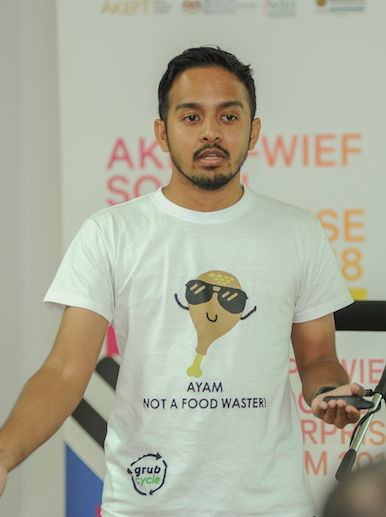
Grub Cycle Marketing Experience
Redza told the audience how he started his social enterprise, Grub Cycle. ‘We’re basically dedicated to reducing waste by selling unsold products at a below market price,’ he said. Redza sold homemade products and besides selling unsold discounted products, Grub Cycle also sold veggies at a 30 to 50 per cent discount in low income areas around Malaysia.
Their app allowed people to purchase snacks and monitored how much food waste was saved. He said that most of his marketing was organic and it helped to attended a lot of events, which allowed exposure to Grub Cycle. ‘The key is to ask people a lot of questions,’ he said. Their t-shirts with logos were also what brought attention at events. ‘That is free marketing,’ he said.
Redza worked through traditional ways of marketing like registering interested participants in their database and sending out weekly newsletters about what products and discounts they had. ‘People usually don’t want to just buy, when they read the newsletter, they want to just know about us,’ Redza said. He also took advantage of the occasion of world food day to share their product information with customers. People then started to share it by themselves. Besides his bootstrapping ways of marketing, other tips he provided included how to communicate a business idea to others in less than a minute while making it interesting.

Improving Business Efficiency
In the third masterclass, Datin Dr Norrizan Razali, founder and managing director of Tech Capacity Sdn Bhd in Malaysia, explained how the collaboration between entrepreneurs through co-innovation, combined resources that could help expand into a new market. Dr Norrizan shared her expertise that supported this broad portfolio of co-innovation initiatives. She listed seven types of business efficiency; financial efficiency, labour productivity, energy efficiency, eco-efficiency, operational efficiency, process efficiency and return on investment.
One of her points of business efficiency was collaborations and the collaborative economy. ‘Today, if you don’t collaborate, you die, because we are in a collaborative economy,’ she said. It was one of the key elements needed for an entrepreneurial mindset.
She explained some collaborative methods, such as crowd sourcing ideas, curating knowledge and formulating a business model. As an example she cited Grab, the ride-hailing company, where they partnered with various franchises to provide promotions for customers. Another good example of co-innovative collaboration was of the football club, Manchester City. They launched a new brand called ‘refresh’ by gathering their fan’s feedback to make improvements to the overall look and feel of their web and mobile experience.
Last Words
With social enterprises, one must aim for a good return of investment while keeping in mind that it shouldn’t be purely focused on monetary goals. That also worked into ways in which businesses were run, which included marketing, communicating and collaborating. The key advice that participants carried back from the speakers was to collaborate, co-innovate and be sustainable. ‘If you don’t have collaborative skills, go out there and learn up,’ Dr Norrizan concluded.




